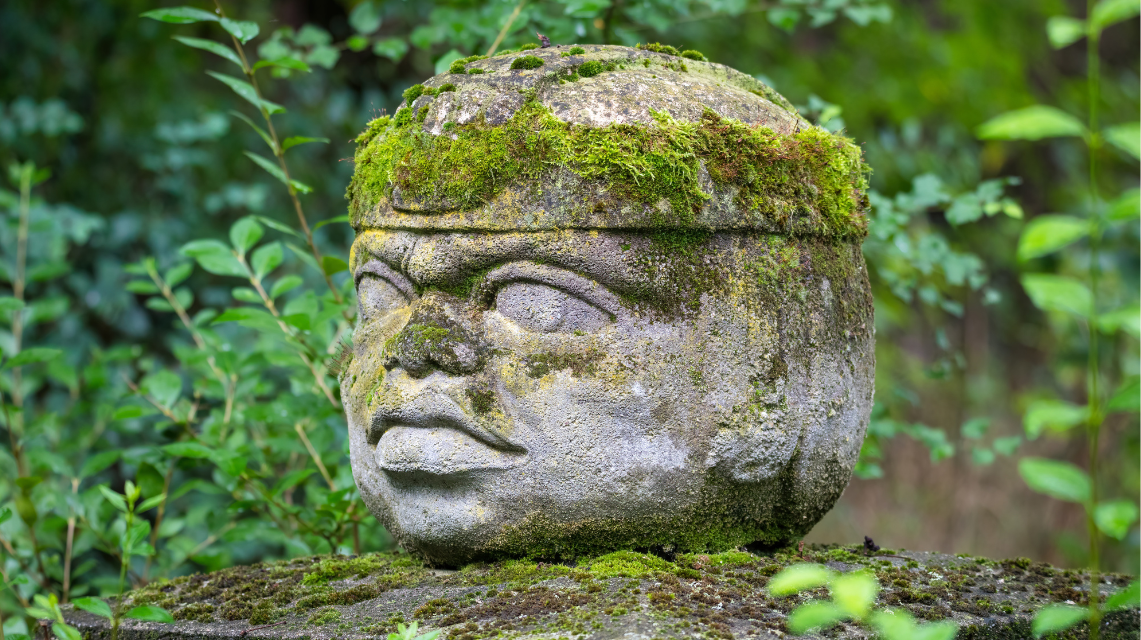
The origins of chocolate trace back thousands of years to ancient Mesoamerican civilisations, particularly the Olmec, Maya, and Aztec cultures. The cacao tree, Theobroma cacao, is native to the tropical regions of the Americas, and its seeds were used by these civilisations to make a bitter, frothy drink called "xocolātl."
The Olmecs are believed to be among the first to cultivate cacao around 1900 BCE in what is now present-day Mexico. The Maya civilisations, which thrived between 250 CE and 900 CE in regions of present-day Mexico, Guatemala, Belize, Honduras, and El Salvador, highly valued cacao and used it not only as a beverage but also as a form of currency and in religious ceremonies.
The Aztecs, who later dominated much of Mesoamerica, also prized cacao, calling it "xocolātl," a Nahuatl word meaning "bitter water." They consumed it in ceremonial rituals and believed it had divine properties. They flavoured their cacao drink with spices like chili peppers and vanilla.
Chocolate as we know it today began to take shape during the colonial period when Spanish explorers encountered cacao in the Americas. They brought it back to Europe, where it was initially consumed as a luxury beverage among the elite. Over time, innovations in processing techniques led to the creation of solid chocolate, and the addition of sugar made it more palatable to a wider audience. By the 19th century, chocolate had become a popular treat worldwide, leading to the establishment of chocolate-making companies and the development of various chocolate products.
